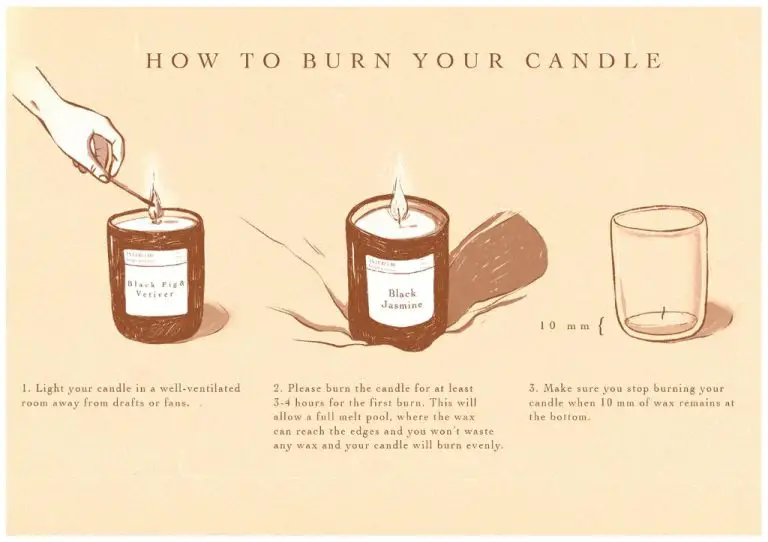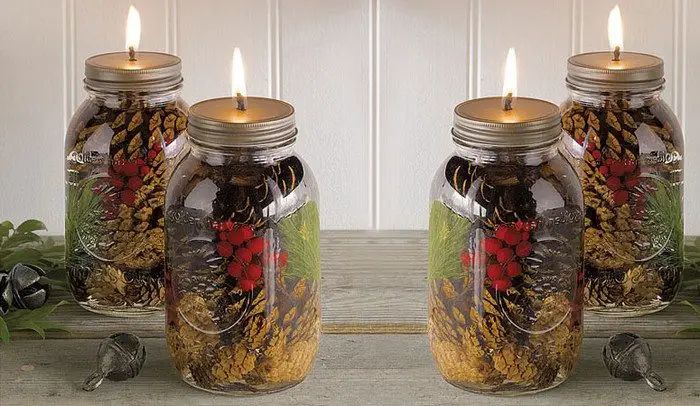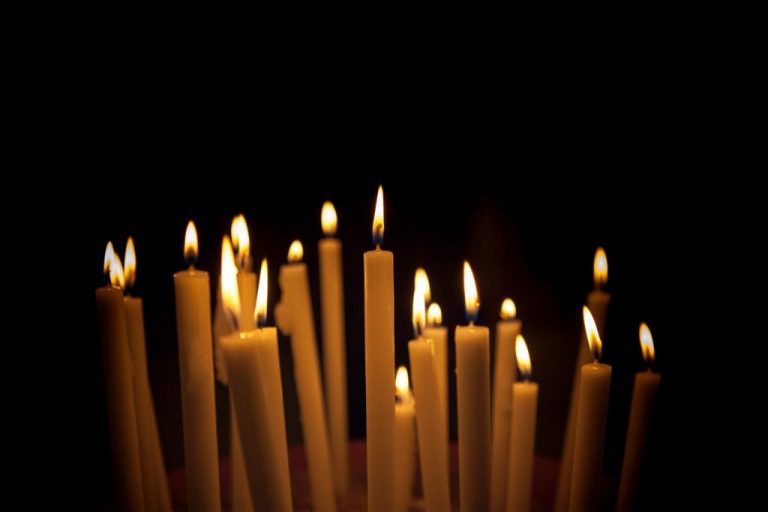How Do You Keep Candles Healthy?
Candles are popular decorative and functional items that add coziness and fragrance to any space. But without proper care, candles can become unhealthy, producing smoke, soot, or uneven burning. By following some simple guidelines, you can keep your candles looking and smelling great for a long time.
This guide covers the key aspects of candle maintenance so you can get the most out of your candles. With basic practices like trimming wicks, avoiding drafts, cleaning containers, and proper storage, your candles will burn cleanly and evenly down to the bottom.
We’ll also go over signs of candle problems, safety tips, and when it’s time to retire a candle. Follow these candle care tips and your candles will provide ambiance and fragrance for many evenings to come.
Trimming Wicks
Trimming your candle’s wick is one of the most important things you can do to keep it burning safely and optimally. An untrimmed wick can create excess smoke, soot, and promote uneven melting and tunneling of the wax. Here’s what you need to know about wick trimming best practices:
You should trim your candle’s wick before each lighting to remove any mushrooming or carbon buildup from previous burns. Use wick trimmers or nail clippers to snip off any darkened or curled tips, leaving about 1/4 inch of exposed wick. Long wicks create billowing flames that are too large for the wax pool. A shorter wick will burn slower and neater.
In general, you’ll want to trim the wick every 2-3 hours of burn time. Pay attention while burning and trim more frequently if you notice an excessively large flame or smoke. Some signs your wick needs trimming are sooting on the glass, rapid wax melting, or a flickering flame.
Quality wick trimmers designed for candles are inexpensive and the ideal tool for a clean cut. Avoid using scissors, which can pinch and bend wicks. Nail clippers also work in a pinch. Just be sure to use a dedicated pair only for wick trimming.
Location
When burning a candle, finding the right location can help keep it healthy and looking its best. Consider placing candles in an ideal spot away from drafts and direct sunlight.
Drafts caused by heating and cooling vents, doors and windows opening and closing, or fans blowing can disturb the flame. This can cause candles to burn unevenly, tunnel, or form soot. Position candles out of any direct air flow in your space.
Too much direct sunlight can also negatively impact candles. The UV rays and heat can accelerate the deterioration of wax and fragrances. For best results, avoid placing candles in bright sunbeams shining directly on them.
Usage
Proper usage helps keep candles healthy and ensures they burn evenly and fully. Follow these usage tips:
– Avoid burning candles for more than 4 hours at a time. This helps prevent excessive soot buildup and allows the wax to fully melt between burns.
– Allow the candle’s melt pool (the liquified wax pool as the candle burns) to reach the full diameter of the jar/container before extinguishing the flame. This helps the candle burn evenly.
– Trim the wick to 1⁄4 inch before lighting to help control the flame size. Long wicks cause candles to burn too hot and too quickly.
– Allow the candle to burn all the way down until just a small amount of unmelted wax remains. Burning a candle completely will help it perform optimally.
– Never leave a burning candle unattended. Extinguish the flame if you have to leave the room.
Cleaning
Keeping your candles clean is an important part of candle care. Dust and debris that accumulates on the surface can affect burn quality. Here are some tips for cleaning candles:
Dust the candle occasionally with a soft cloth to remove any surface dust or debris. Be gentle and avoid rubbing too vigorously. For candles in containers, you can wipe the inside and outside of the holder as needed with a damp cloth.
If significant wax drips or spills accumulate on the sides of container candles, wash the container in mild soapy water. Allow to fully dry before replacing the candle. Avoid submerging the actual candle in water as this can damage the wax.
In general, only wash the candle container when necessary. Over-cleaning decorative candle holders can wear down finishes over time. Focus on periodic dusting and gentle surface cleaning for day-to-day care.
Storing Candles Properly
Proper storage is crucial for maintaining candle health and extending their lifespan. Here are some tips for storing candles:
Use Lids
Always store candles with a lid on top when not in use. This prevents dust and other particles from getting into the wax which can affect burn quality. Metal lids that completely enclose the candle are best.
Moderate Temperature & Humidity
Store candles in a cool, dry area away from external heat sources like radiators or air vents. Temperature ideal for storage is 60-75°F with 45-55% relative humidity. Avoid temperature extremes or frequent fluctuations.
Basements and garages are often too damp, while attics can get too hot in summer. A closet or cupboard works well. Don’t store candles in direct sunlight as this can warp containers.
Maintaining proper storage conditions will keep the wax from sweating in warm environments or shrinking excessively when cold. This ensures an even burn.
Signs of Unhealthy Candles
There are a few common signs that indicate your candle may be unhealthy and in need of some care. These include:
Sooting
Sooting occurs when black smoke stains the sides of the candle jar or votive holder. This happens from burning the candle too long or having a wick that’s too large. Trim the wick to 1⁄4 inch before each lighting to prevent excess soot.
Tunneling
Tunneling is when wax melts unevenly, creating a hole or tunnel in the top layer of wax. This causes the flame to get too close to the glass, posing a fire hazard. Fix tunneling by pouring a small layer of wax into the hole to level it off.
Mushrooms
Mushrooming happens when the wick curls over as it burns, usually caused by the wick being too large. Trim the wick, or roll off the mushroom with a knife to remove it before lighting again.
Safety
Candles are a fire hazard, so it’s important to keep safety top of mind when burning them. Here are some tips to prevent fires and burn candles responsibly:
Fire Prevention Tips
– Keep candles away from anything flammable like curtains, bedding, papers, books, etc. Leave at least 12 inches of space around the flame.
– Never leave a burning candle unattended. Always blow it out if you’re leaving the room or going to sleep.
– Avoid burning candles near drafts which can cause the flame to tunnel down into the wax and ignite the whole candle.
– Make sure candles are on a stable, heat-resistant surface. Never put candles on carpets, furniture, near windows, etc.
– Extinguish candles if the wax pool reaches the very edge of the container. This prevents wax from spilling over and catching fire.
Proper Supervision
– Children should never be left alone with burning candles. Keep matches and lighters safely out of reach.
– Pets can also knock over candles by accident. Make sure pets are supervised around burning candles.
– Never go to sleep with candles still burning. Extinguish every candle before going to bed.
– Do not leave burning candles unattended for any reason. Stay in the same room and keep an eye on the candles.
When to Toss
Candles don’t technically go “bad”, but they do have a shelf life. The shelf life of a candle depends on the candle’s ingredients and storage conditions. In general, paraffin and soy candles will last 1-2 years before their fragrance starts to fade. Beeswax candles may last a bit longer at 2-3 years. Here are some signs that it’s time to replace a candle:
- The candle doesn’t smell anymore, or the fragrance is very faint
- The wax has changed color or consistency
- The wick is embedded in wax and keeps drowning
- Soot builds up on the wax while burning
- The glass container is damaged from heat
If a candle exhibits any of these signs, it’s best to toss it and get a fresh one. Trying to salvage an old candle rarely works well. The candle likely won’t burn properly or have much scent throw. It’s not worth the soot or fire hazard either. Retire candles while they still have life left rather than pushing them too far.
Conclusion
Taking proper care of your candles is important to keep them performing at their best. By regularly trimming the wicks, avoiding drafts, cleaning the melted wax, and storing them properly between uses, you can extend the life of your candles.
Trimming the wicks to 1⁄4 inch before each lighting prevents excessively large wicks which lead to tunneling. Making sure candles are out of drafts prevents uneven burning and dripping. Allowing the wax pool to harden again before moving candles prevents spills. And keeping wicks centered as the candle burns helps maintain an even melt pool.
Cleaning candles to remove dust and grime improves their appearance and performance. Storing candles in a cool, dark place with lids helps retain fragrance and prevent drying out. Taking these basic maintenance steps will keep your candles looking, smelling, and burning their best.





